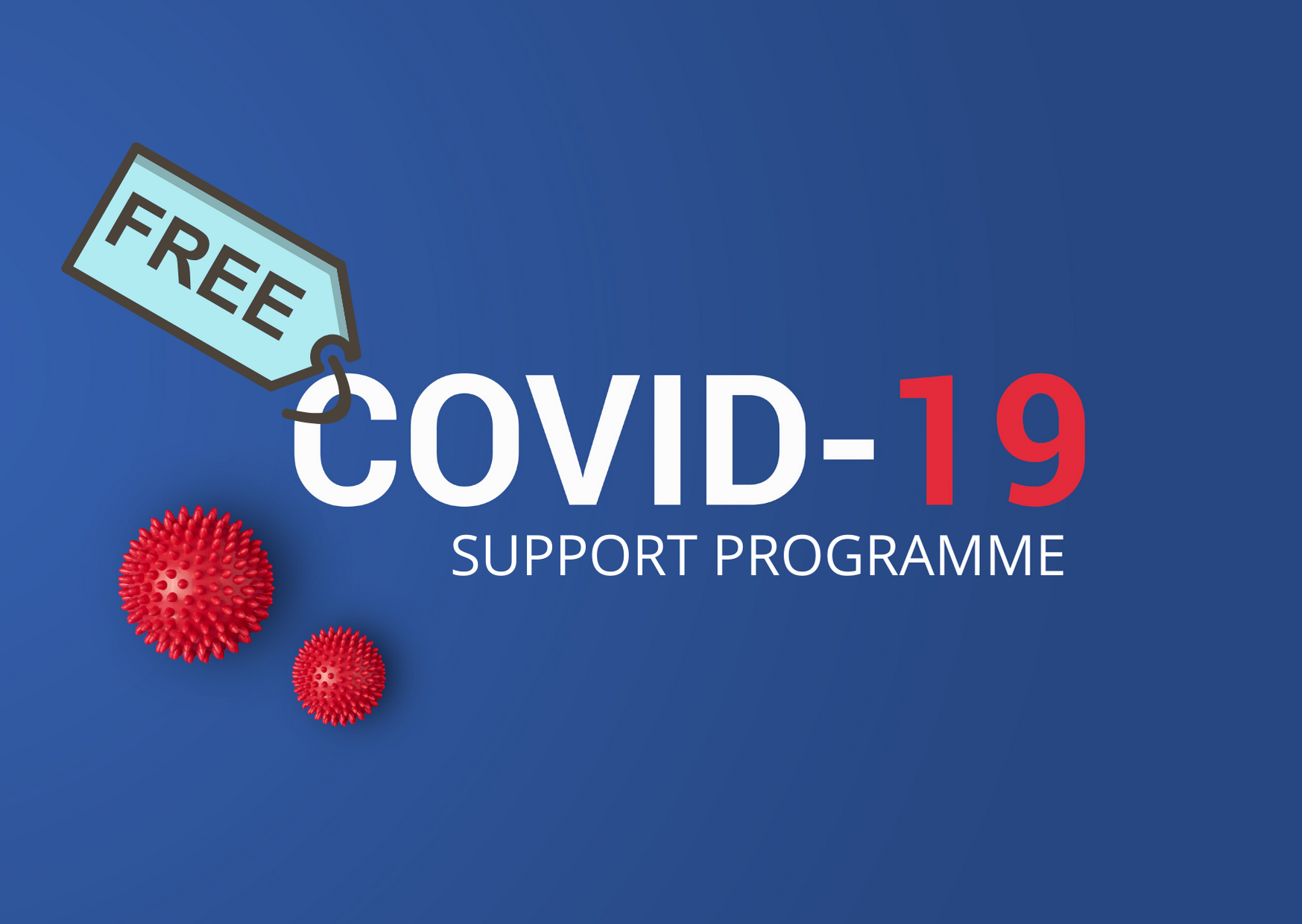5 Ways HR Can Lead the Change in Employee Well-being
Around the world, employees continue to confront emotional challenges from the upheaval resulting from the pandemic. The uncertainty of these times has increased anxiety and stress levels, as well as depression.
This has heightened the focus on the health and well-being of staff, many of whom feel compelled to stay switched on at all times.
Employers, Human Resources (HR) and people managers must pay serious attention. Employee mental well-being is crucially important because it directly affects how employees think and feel about their job and the organisation. Employee health and happiness is directly related to productivity and the desire or ability to work co-operatively with co-workers and teams.
The crucial role HR needs to play in employee well-being
The pandemic has forever changed the role of HR. Employee well-being has been a focus for organisations to increase productivity for quite some time. Now, well-being has vaulted to the top of the priority list.
The reason for this is that today’s uncertainty and constant change is creating chaos throughout all organisational levels. Subsequently, the well-being of staff is greatly affected. They may be dealing with multiple stressors such as finances, the fear of losing their job, working from home challenges, as well as safety and family concerns.
HR’s critical role is to help the company’s leaders and staff cope by guiding them forward positively, and together.
Here are 5 things HR needs to do to focus on employees’ well-being:
- Develop a well-being strategy for today’s world
A well-being strategy articulates the company’s commitment to the health of its employees right now and going forward. It demonstrates that it values its people and shows how they will support them, both inside and outside of work. The strategy is not an add-on but rather, embedded into the organisation’s culture and values.
- Get management buy-in
There is a direct and major link between well-being and performance.
A well-being strategy won’t work unless senior management understands its value. HR needs to drill home the fact that when employees are in a state of well-being at work, they are better able to develop their potential, be productive, build positive relationships, and make meaningful contributions.
- Ensure the right leaders are in place
Research has shown that managers have a profound impact on the well-being of their direct reports. It is crucial that leaders with the right behavioural and personality characteristics are in place to support the well-being of their staff.
They need superb communication skills, patience and empathy, the ability to encourage and motivate, and be able to lead with transparency. Not only do leaders need the skills and abilities to be successful but they must have the characteristics that enable them to heighten the well-being of their teams.
- Include staff well-being in managers’ evaluation criteria
Managers have the power to create a healthier workplace. A key component of a manager’s evaluation must be how they treat their employees and foster their well-being. As leaders, managers must build supportive work environments that promote employee health.
Training and resource programs will help ensure people managers see the connection between physical and mental health and employee productivity and success on the job. They need to learn and understand what to do to be employee ‘well-being’ champions.
- Build a culture of communications
To keep everyone connected, clear and frequent communications should be at the forefront of any organisation. This is particularly crucial during a crisis. Companies need to convince employees that they care for their well-being.
HR serves as a bridge between management and employees. As a steward of well-being, HR needs to oversee that communications are consistent to maintain a positive interaction where employees feel informed and are engaged.
Employees are looking to their company and managers for reassurance and guidance. HR needs to monitor that senior management is keeping everyone regularly informed of organisational changes and updates.
HR also needs to be sure that managers are checking in intentionally and regularly with their staff members to find out how they are doing. Through surveys and their own check-ups, HR can help ensure that managers are effectively listening to their staff and encouraging questions and concerns with empathy.
As we work together through unprecedented and unsettled times, HR teams are the ones to lead the charge in employee well-being. This means helping their organisation adapt and respond through forward-thinking talent strategies.
Having the right people in place to support employee well-being has never been more important. Drake International’s P3 personality assessment is scientifically based to help ensure you have the strong talent foundation you need to ensure positive work experiences.
Visit our website here to find out how our Talent Management Solutions solve your people, productivity and performance issues.
 CA-EN
CA-EN UK
UK AU
AU US
US NZ
NZ PH
PH ZA
ZA SG
SG HK
HK


